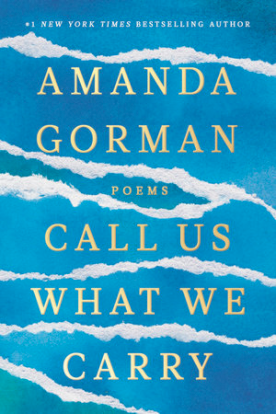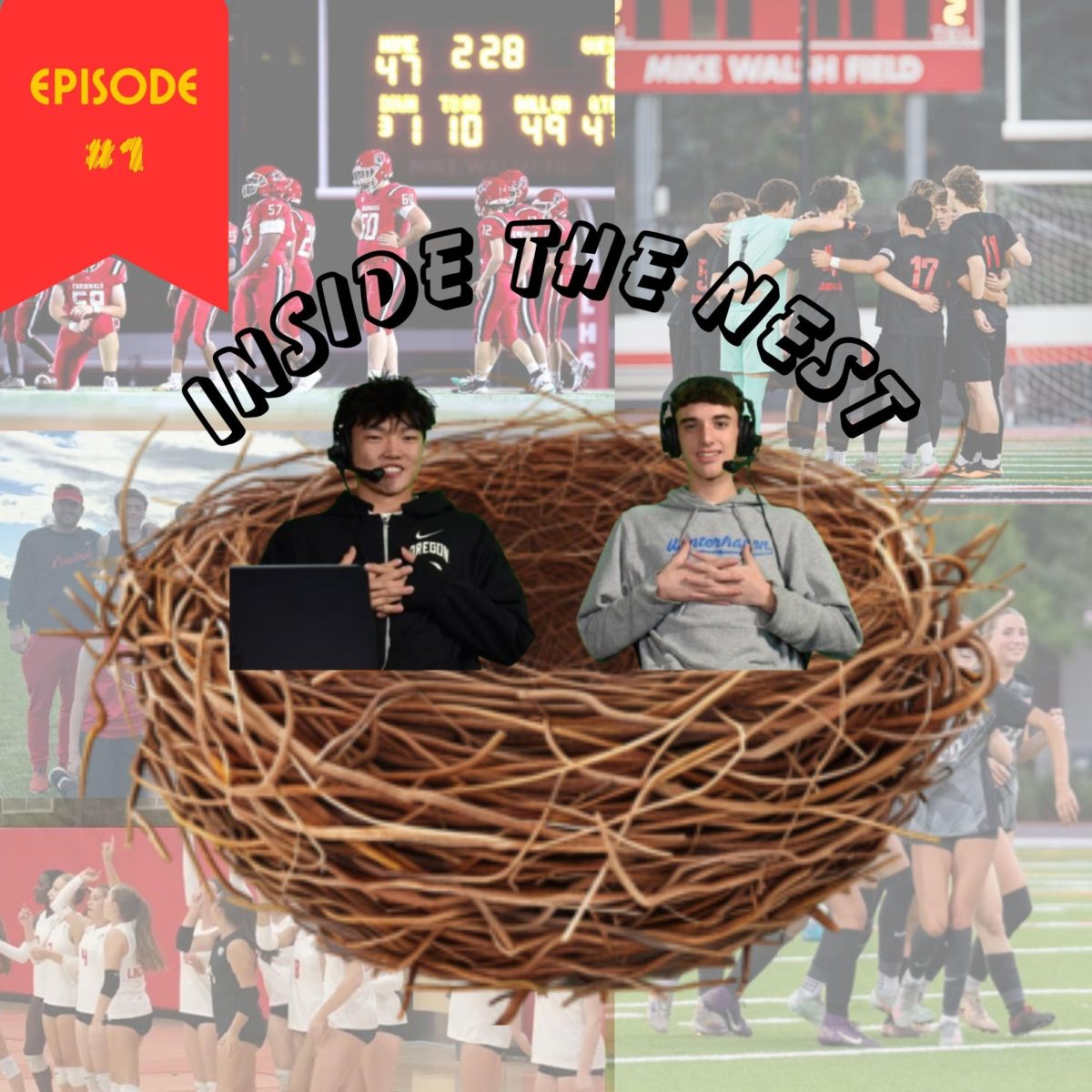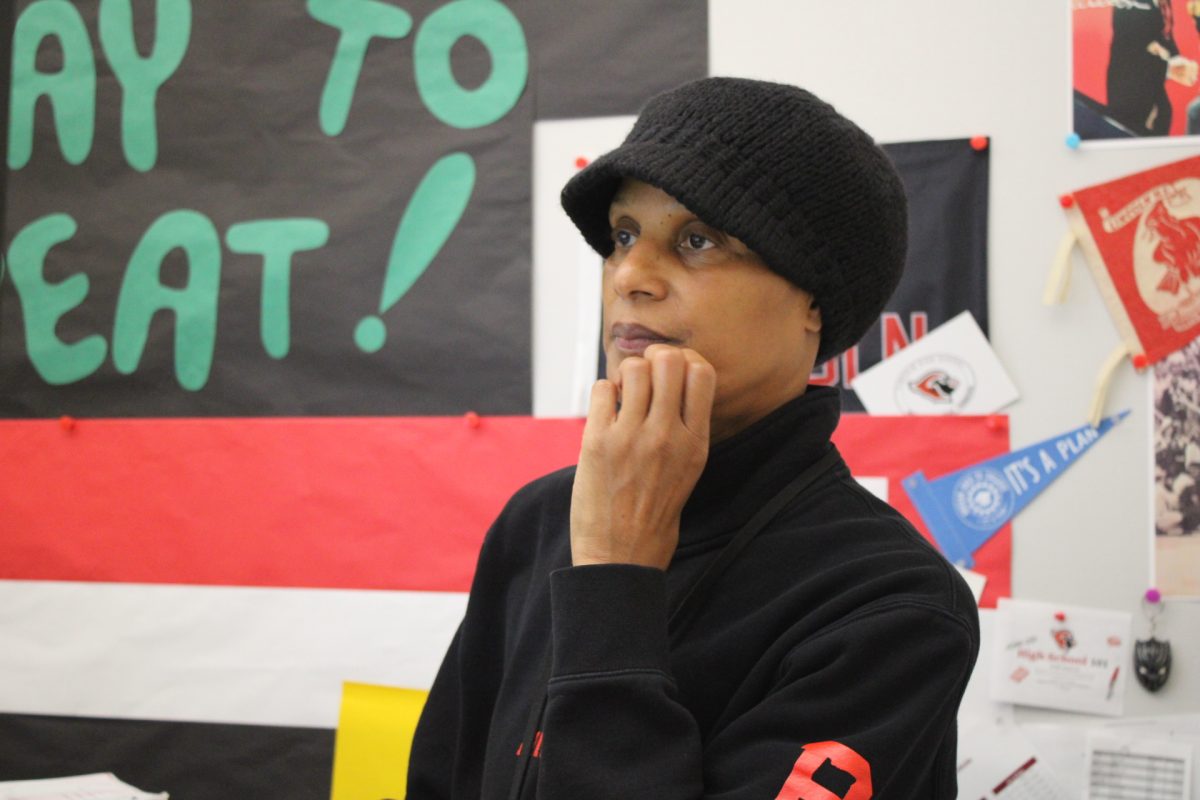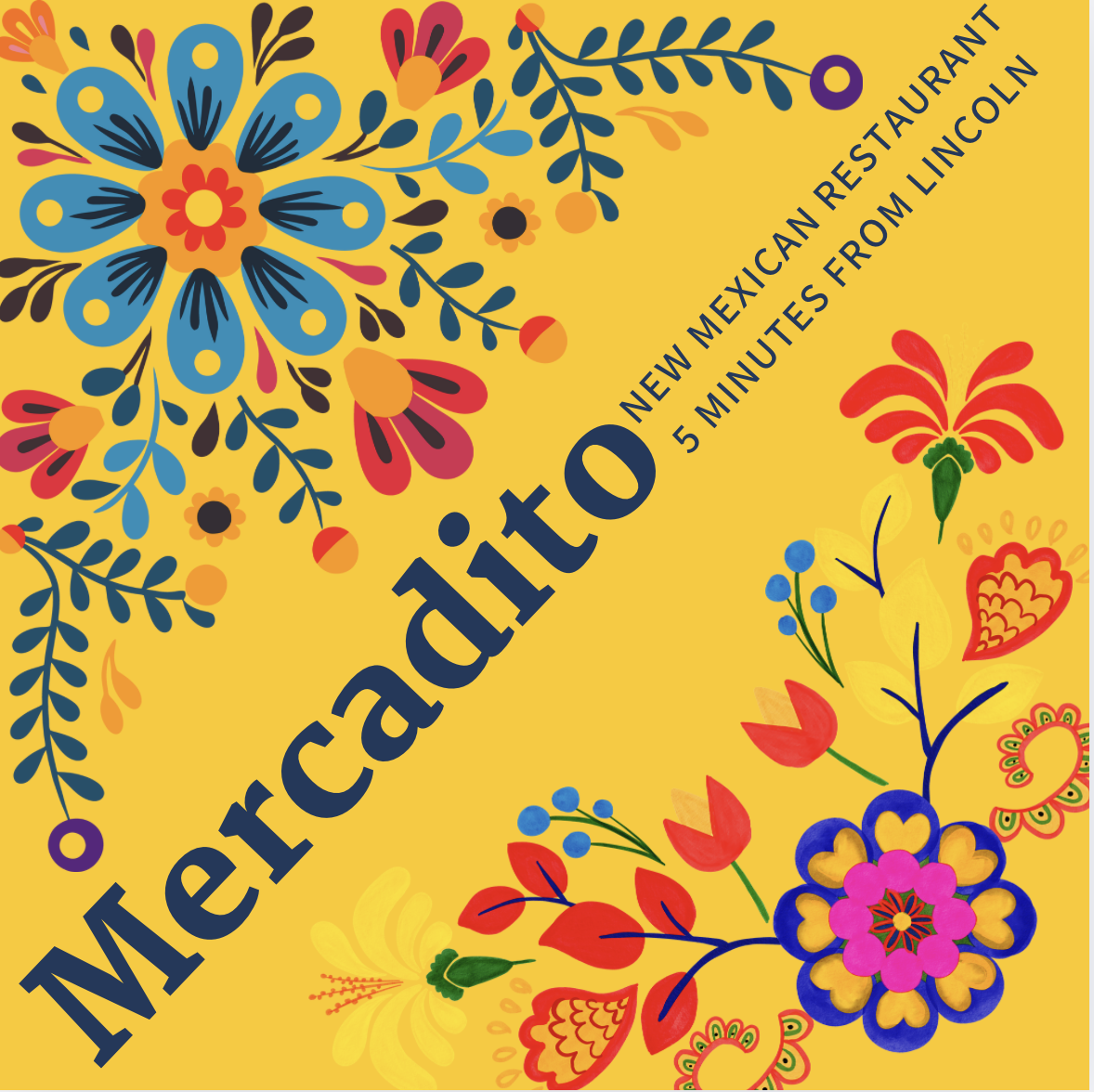Book Review: “Call Us What We Carry” — Amanda Gorman’s take on life in a pandemic

Courtesy of Penguin Random House Company publishing.
Cardinal Times reporter Kate Haddon reviews Poet Laureate Amanda Gorman’s new book, “Call Us What We Carry.”
February 3, 2022
The media’s constant buzz about COVID-19 and the increasing conversations surrounding the virus have caused me to feel tired and overwhelmed. However, Amanda Gorman’s debut book, “Call Us What We Carry,” was a breath of fresh air. Over the past two years, I have not read anything that resonated with me as much as Gorman’s book, or which reflected how I felt about the pandemic and its effects on our lives.
Gorman is a highly acclaimed poet and activist, and the most memorable performer of the 2021 presidential inauguration. However, the inauguration wasn’t Gorman’s first honor. In 2014, she was named the Youth Poet Laureate of Los Angeles at only 16 years old. Three years later, she became the first ever Youth Poet Laureate in the United States.
In her debut poetry collection, “Call Us What We Carry,” Gorman writes about the grief and pain the COVID-19 pandemic has caused, the racism that is spreading like a virus in this country and what it means to live with the impending doom of climate change.
The book is sprinkled with spoken quotes, excerpts from other texts and poems by other writers that are used to mark chapters or added below the title—but before the beginning of—a poem. This technique draws parallels between her works and the history of the world. By doing this, Gorman highlights the pain and suffering that people have experienced since the beginning of time, but also the moments of love and joy we all experience.
In addition, Gorman plays with shapes and visuals by forming images with the lines of her poems, and by using line spacing and special characters to emphasize certain stanzas and elements of her works. For example, her poem “Anonymous,” which recounts the feeling of hiding behind a mask, is placed on a black face covering like the ones we use to protect against COVID-19. Another one of her poems, “Essex I,” takes the form of a whale in reference to the book Moby Dick, a story about the American whale ship that was attacked by a sperm whale in 1820. This playfulness in style and structure is a sharp contrast to the heaviness of the subjects of the book, making it more digestible and providing hope for an era that may feel ominous to many.
Gorman uses the symbol of a shipwreck throughout many of her pieces to symbolize the destruction that the COVID-19 pandemic and climate change has caused over the past two years. In her poem, “Alarum,” she writes, “Love the earth / like we’ve failed it. To put it plain / we have shipwrecked the earth / soiled the soil[.]” By highlighting our history and the planet’s current state, Gorman attempts to put the unexplainable grief we have all suffered into words.
Gorman managed to capture my attention and describe the complex rollercoaster this pandemic has put us through in a way that made me feel understood.
Her poems also completely encapsulate the way in which racism is infecting our country. In her poem “Fury and Faith,” she writes, “By now, we understand / That white supremacy / & the despair it demands / Are as destructive as any disease.” She challenges the promises made to people of color by this country and uses rhyme to create rhythm and power in her words. In the same way people chant at protests for freedom, her poetry is loud and strong, even when it is just on paper. There is one line which has stayed with me since I finished the book: “We cannot stand up to the police / If we cannot cease policing our imagination.”
“Call Us What We Carry” tells the story of the current pandemic and the effects it has had on a wide variety of communities. I hope that Gorman’s book can be remembered as one which helped describe the pain this pandemic has caused, but can also serve as a reminder that there is hope for the future. She closes the book with hope and joy in the poem “What We Carry”: “The truth is, / [o]ne globe, wonder-flawed. / Here’s to preservation / [o]f a light so terrific. / The truth is, there is joy.”




